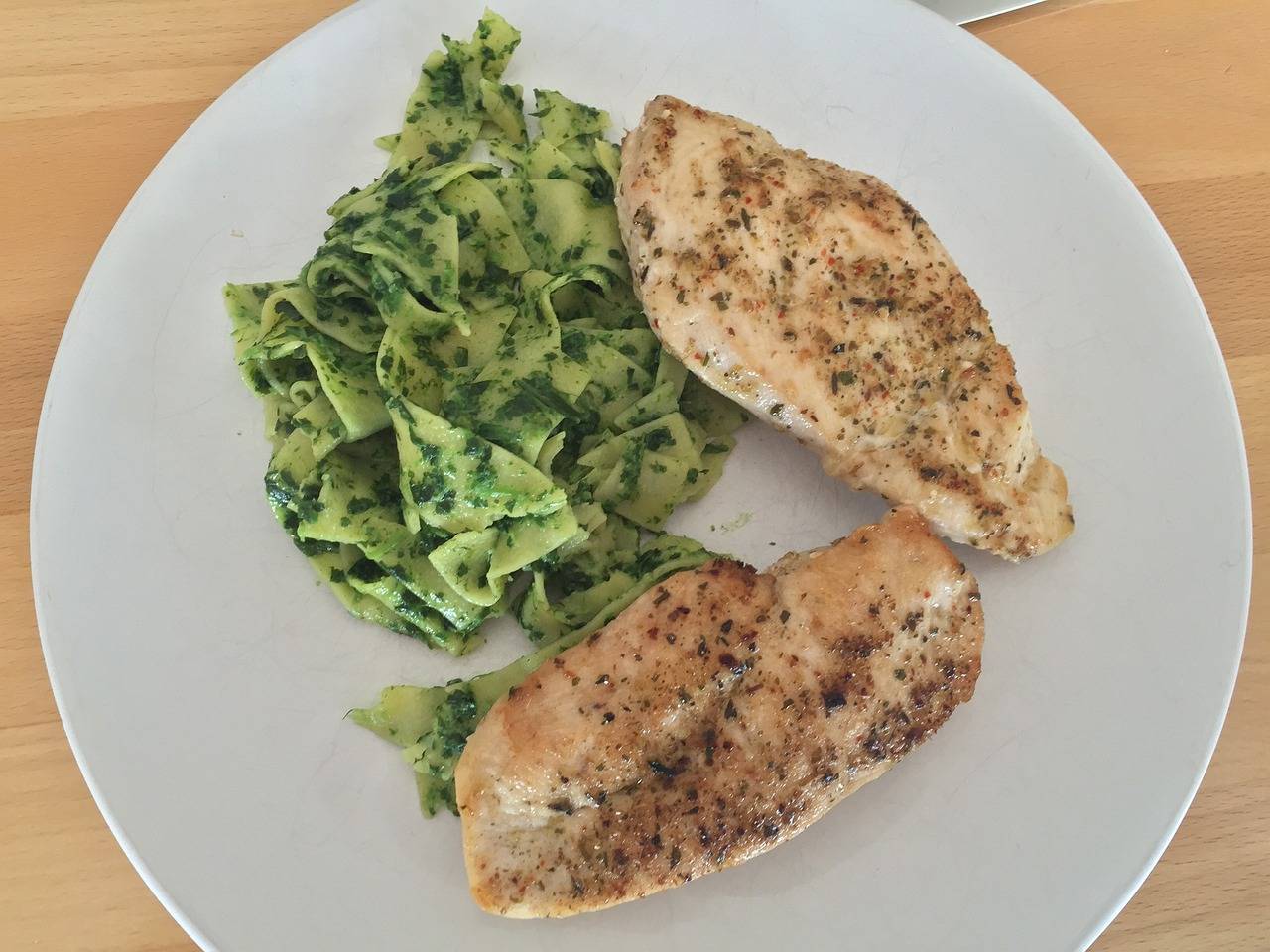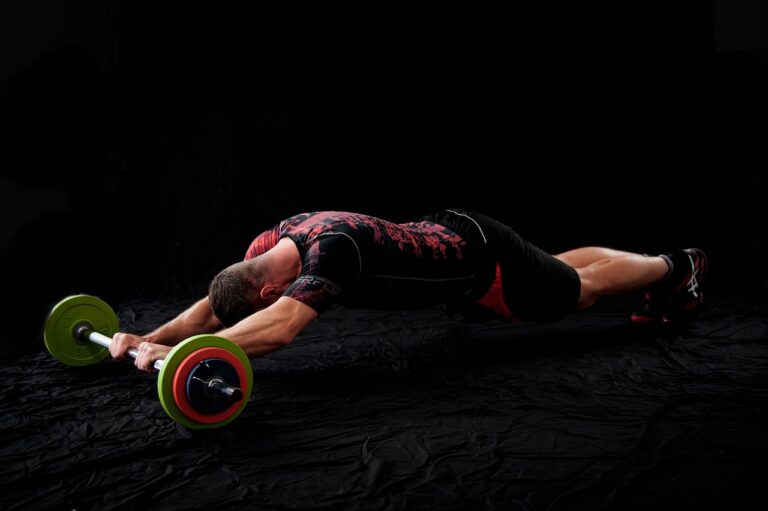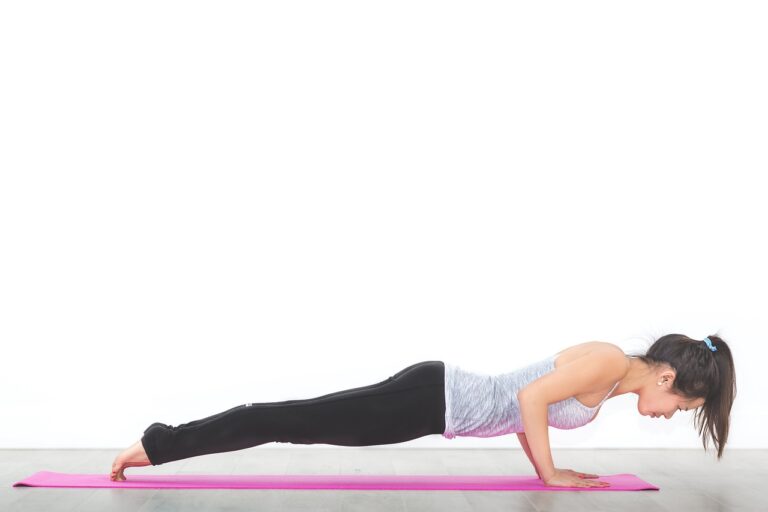The Role of Pulmonary Rehabilitation in Lung Volume Reduction Surgery: Betbhai com, Playexch login, Gold 365
betbhai com, playexch login, gold 365: When it comes to managing chronic obstructive pulmonary disease (COPD), lung volume reduction surgery (LVRS) is a treatment option that can help improve quality of life for many patients. However, the success of LVRS can be greatly enhanced by pulmonary rehabilitation, a comprehensive program designed to help individuals with lung disease breathe easier and improve their overall physical conditioning.
Pulmonary rehabilitation plays a crucial role in preparing patients for LVRS, as well as in optimizing recovery and long-term outcomes after surgery. In this article, we will explore the importance of pulmonary rehabilitation in the context of LVRS, and how it can benefit individuals with COPD.
Preparing for Surgery
Before undergoing LVRS, patients are assessed to determine their suitability for the procedure. This assessment includes pulmonary function tests, exercise tolerance assessments, and evaluations of overall health and fitness levels. Pulmonary rehabilitation can help prepare patients for surgery by improving their lung function, cardiovascular fitness, and muscle strength.
During pulmonary rehabilitation, patients participate in a structured exercise program tailored to their individual needs. This may include aerobic exercise, strength training, and breathing exercises to help improve lung function and overall physical condition. By participating in pulmonary rehabilitation prior to surgery, patients can optimize their health and fitness levels, making them better candidates for LVRS.
Enhancing Recovery
After undergoing LVRS, patients typically experience improvements in lung function, exercise capacity, and quality of life. However, the recovery process can be challenging, and patients may experience shortness of breath, muscle weakness, and fatigue. Pulmonary rehabilitation can help support patients during this critical period, providing them with the tools and resources they need to recover effectively.
In the post-operative period, patients participate in pulmonary rehabilitation to help regain strength and endurance, improve breathing techniques, and manage symptoms such as coughing and sputum production. By working with a multidisciplinary team of healthcare professionals, patients can receive personalized care and support to help them achieve optimal outcomes after surgery.
Maintaining Long-Term Benefits
While LVRS can provide significant benefits for patients with COPD, the long-term success of the procedure relies on ongoing maintenance of health and fitness. Pulmonary rehabilitation plays a key role in helping patients maintain the benefits of LVRS over time, by providing them with the tools and strategies they need to stay active and healthy.
In the months and years following LVRS, patients continue to participate in pulmonary rehabilitation to monitor their progress, address any ongoing symptoms or concerns, and adjust their exercise program as needed. By incorporating pulmonary rehabilitation into their long-term care plan, patients can maximize the benefits of LVRS and enjoy improved quality of life.
FAQs
Q: How long does pulmonary rehabilitation typically last?
A: Pulmonary rehabilitation programs generally last for 6-12 weeks, with patients attending several sessions per week. The duration of pulmonary rehabilitation can vary depending on the individual patient’s needs and goals.
Q: Is pulmonary rehabilitation covered by insurance?
A: Many insurance plans, including Medicare, cover pulmonary rehabilitation for patients with COPD. It’s important to check with your insurance provider to determine coverage and eligibility.
Q: Can pulmonary rehabilitation be done at home?
A: While some components of pulmonary rehabilitation can be done at home, such as breathing exercises and walking, the structured exercise program and supervised sessions are typically conducted in a clinical setting.
Q: Who can benefit from pulmonary rehabilitation?
A: Pulmonary rehabilitation is beneficial for individuals with chronic lung diseases such as COPD, emphysema, and pulmonary fibrosis. It can also benefit patients before and after lung volume reduction surgery, lung transplant, or other respiratory interventions.
In conclusion, pulmonary rehabilitation plays a critical role in the success of lung volume reduction surgery for patients with COPD. By helping patients prepare for surgery, enhance recovery, and maintain long-term benefits, pulmonary rehabilitation can significantly improve outcomes and quality of life for individuals with chronic lung disease. If you or a loved one is considering LVRS, be sure to discuss the benefits of pulmonary rehabilitation with your healthcare provider.







